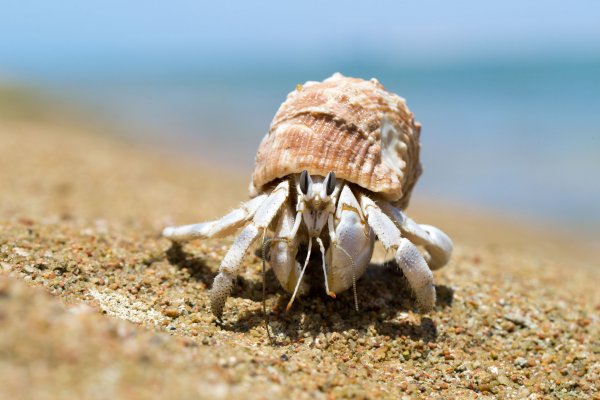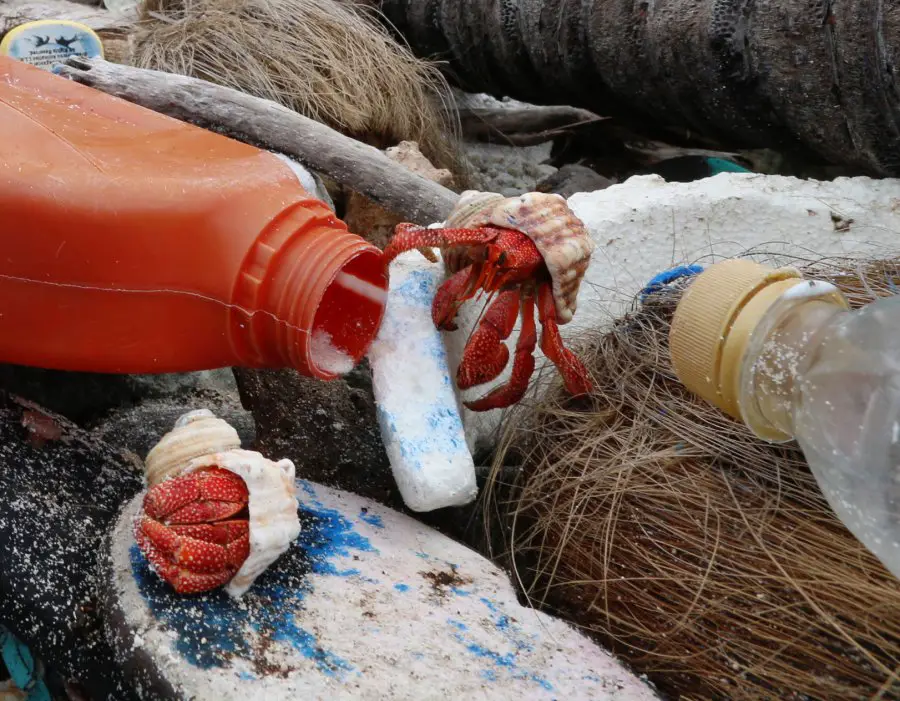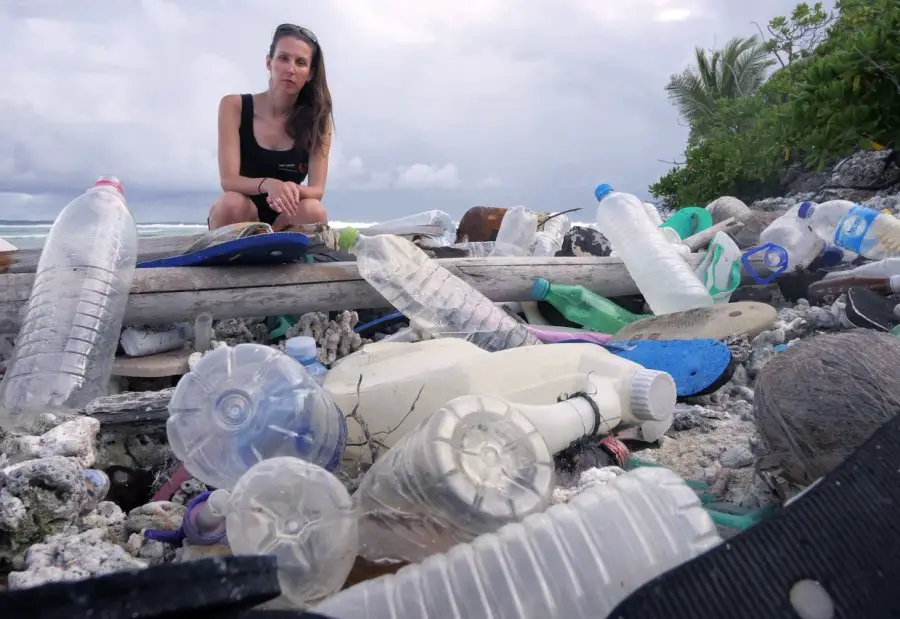Half a Million Hermit Crabs Killed By Plastic Pollution On Remote Islands
Tags: News

By Mandy Froelich / Truth Theory
Once again, we are forced to realize the horrific effects of relying on plastic. After becoming trapped in plastic debris on two remote island groups in the Indian Ocean, over half a million hermit crabs have been killed. Conservations are concerned the deaths could be part of a global species decline.

The study was led by researchers from the Institute for Marine and Antarctic Studies (Imas) at the University of Tasmania, the Natural History Museum in London, and two community science organizations Two Hands Project. The team found that 508,000 crabs died on the Cocos (Keelinng) Islands archipelago in the Indian Ocean. Another 61,000 perished on Henderson Island in the South Pacific. As The Guardian reports, previous studies have found high levels of plastic pollution at both sites.
Over 5000 people have downloaded our free ebook “Growth Hacking Tips And Rituals For Optimal Living” CLICK HERE to get your free copy now

The researchers surveyed sites across four islands for open plastic containers. They gave special attention to containers with openings sloped upwards, as crabs have difficulty exiting them. They then counted the number of trapped crabs in each. Their findings were extrapolated across another 15 islands in the Cocos archipelago.
Sadly, the researchers noticed that the odor of recently deceased crabs attracted other crabs in pursuit of a shiny, new shell. This led to multiple crabs being trapped in the same area. For example, 526 crabs were found in one single plastic container.
“The problem is quite insidious really, because it only takes one crab,” said Dr. Alex Bond, a senior curator at the Natural History Museum and one of the report’s researchers. “Hermit crabs do not have a shell of their own, which means that when one of their compatriots die, they emit a chemical signal that basically says there’s a shell available, attracting more crabs … essentially it is this gruesome chain reaction.”
Without hermit crabs, our ecosystem will suffer. In tropical environments, the crabs disperse seeds and aerate and fertilize soil. However, conditions on the Cocos Islands and Henderson Island are inhospitable for the creatures due to high levels of pollution.
According to Bond, the potential for plastics to cause damage on land was under-acknowledged. “In the ocean, it entangles and is ingested by wildlife; on land it acts as a trap, as we’ve seen, but can also be a physical barrier to species moving along the ground,” said Bond.
“These results are shocking but perhaps not surprising, because beaches and the vegetation that fringes them are frequented by a wide range of wildlife,” said Imas researcher Dr. Jennifer Lavers, who led the study. “It is inevitable that these creatures will interact with and be affected by plastic pollution, although ours is one of the first studies to provide quantitative data on such impacts.”
Following their research, the team says there is need for an urgent investigation into the death rate of hermit crabs worldwide.
What are your thoughts? Please comment below and share this news!
Images Credit: Silke Stuckenbrock
Leave Comment: